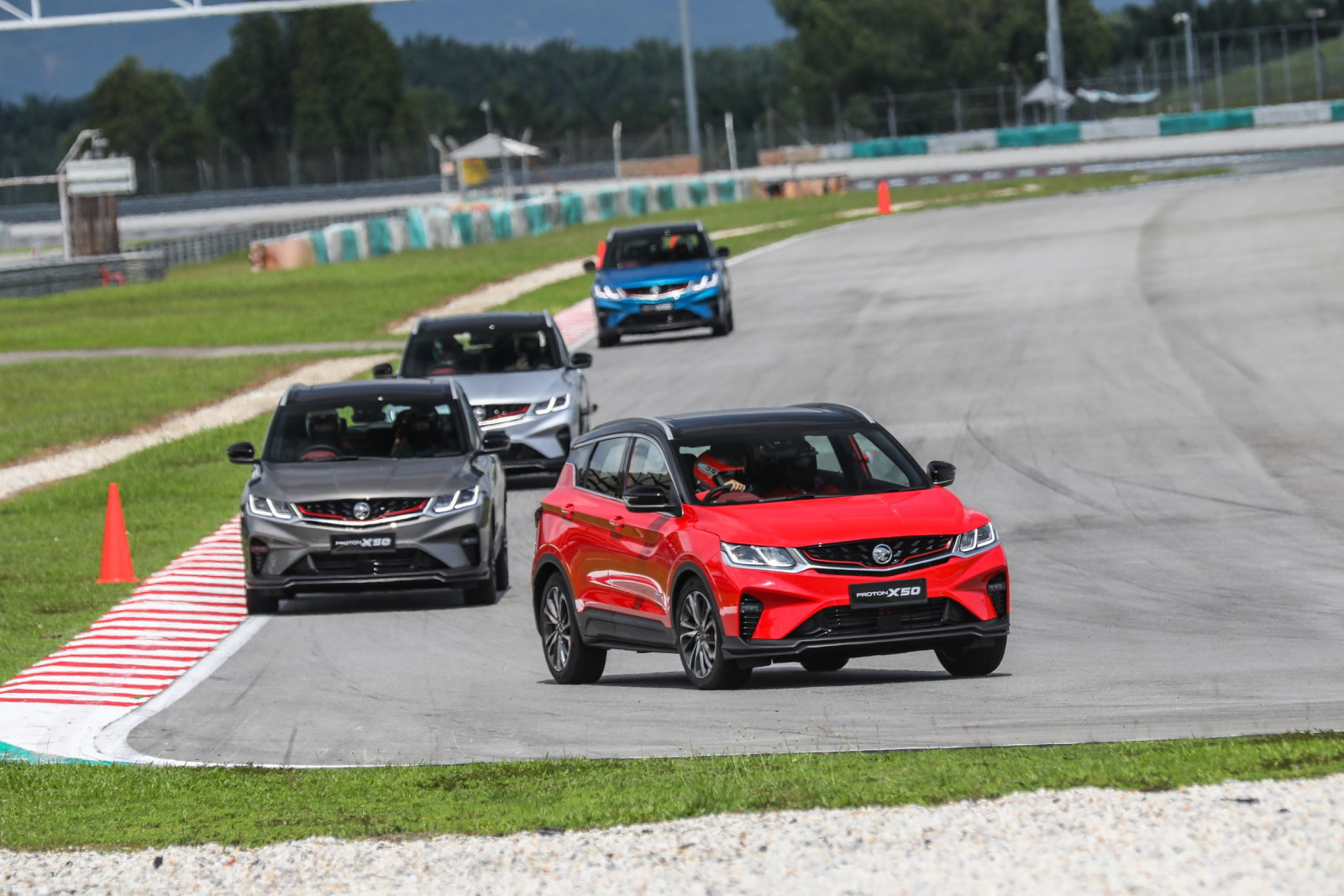Receiving a 5-star NCAP score is never easy, but the team at PROTON make it their mission to get the perfect rating every time, most recently with the Proton X50.
The New Car Assessment Programme (NCAP) is a widely adopted automobile safety programme that evaluates the safety of new car designs. It was created to share with consumers the levels of safety offered by different car models and brands, with each region or even country with its own NCAP chapter. We spoke to Zanita Zainuddin, Head of Safety and Intelligent Drive at PROTON, on what it took to obtain a five-star ASEAN-NCAP rating for the latest Proton X50.
Although not mandatory, an NCAP rating typically informs potential car buyers on how well the car will protect them in a traffic collision. So, when making a buying decision, buyers will more likely choose a car that has a five-star rating rather than one with only three-stars (not to mention one that wasn’t even assessed).
When Zanita and her team at PROTON were tasked with re-developing the Geely Binyue into the Proton X50, they knew the importance of securing a five-star rating with the ASEAN-NCAP, the programme’s Southeast Asia chapter. Crucial, yet subtle changes had to be made, involving performance tuning, material replacement and parts repositioning.

Zanita Zainuddin, Head of Safety and Intelligent Drive at PROTON, and the X50.
Much of the safety features from the Geely Binyue were carried over except for the Speed Limit Information Function (SLIF) – this feature recognises Chinese road signs and informs the driver of the current road’s speed limit. If this system was not changed, it might give incorrect information to the Proton X50’s control unit due to language, character and signage differences. As they were racing against time to bring the car to market, they felt it was best to leave this function aside where it could be adjusted for future models.

“PROTON has always emphasized safety as one of its unique selling points unbiased to any country or platform. It is not surprising then, that we continue to challenge ourselves so that this DNA is inherent throughout our range of models, be it our locally produced car or the current joint development with our partner Geely.”

One crucial change that was made is on the body of the Proton X50. In initial tests, when tested with a frontal collision during development, the front floorboard often experienced tearing, which is unacceptable by ASEAN-NCAP standards (the certification is extremely strict on tears affecting the feet area). To overcome this, the engineers had to reinforce these areas with ultra-high-strength steel, thereby shifting the force of impact to other areas that do not present any threat to occupant safety. Overall, 40% of the body, including the front, side and back, was made using a combination of high-strength steel variants.
Another interesting change was on the driver’s footrest, next to the gas and brake pedals. The engine is always placed under the hood on the right side of the vehicle, regardless of the driving side. Therefore, during a collision, the driver of a right-hand-drive Proton X50 would be more vulnerable to foot injury as compared to the driver of a left-hand drive Geely Binyue. To safeguard the driver’s resting foot from such harm, the footrest for the Proton X50 had to be modified to ensure that the foot remains on the footrest by reducing slippage.
It is important to remember that different NCAP bodies would have different criteria for a five-star rating. For Geely, their cars were mostly made to comply with the criteria set forth by the C-NCAP (for the China domestic market), which in some areas greatly varies from those set by the ASEAN-NCAP.
One example can be seen with the curtain airbags. The ASEAN-NCAP emphasizes that the static deployment of curtain airbags covers a range of body types for the different people that may be driving. Therefore, the curtain airbags for the Proton X50 had to be adjusted to provide additional cushion to the head area during impact, primarily in side collisions. Since this greatly improves occupants’ safety, it was highly recommended that the design be incorporated into future Geely models and become a staple feature.

The curtain airbags of the X50 were adjusted, something which PROTON put forward to the Geely Binyue team for consideration.
Another learning curve for Geely relates to the Child Occupant Protection (COP) assessment. C-NCAP does not currently assess the safety of baby seats for child occupants but will likely introduce this assessment in 2021. This presented Geely with an opportunity to work together with PROTON to further protect the little ones. One of the changes made in this area included lengthening the hook on the ISOFIX (the international standard for attachment points for child safety seats in passenger cars) interface, making it easier to fit the baby seat, as well as readjusting its angle so that seats can be placed into the car securely.
Geely and PROTON have both benefited from each brand being subjected to different safety approval and market standards. In this case, best practices are being gathered and shared across the board as both brands strive to continuously make improvements on their offerings. In the end, it’s a great win for consumers, who get to enjoy not only a comfortable ride but also a very safe one.


